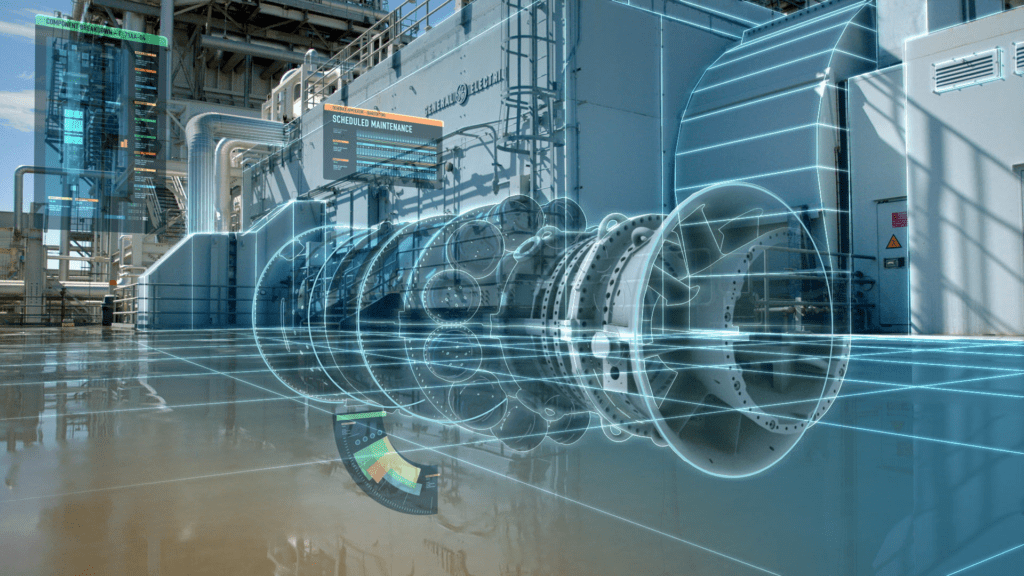The term, the digital twin, is starting to pop up more and more often, but too many people are still un familiar of what it is and the impact it will have in the coming years.
Deloitte has released a great report that brings clarity to this. Let me know share some key insights.
What is a Digital Twin?
A digital twin can be defined, fundamentally, as an evolving digital profile of the historical and current behavior of a physical object or process that helps optimize business performance. The digital twin is based on massive, cumulative, real-time, real-world data measurements across an array of dimensions. These measurements can create an evolving profile of the object or process in the digital world that may provide important insights on system performance, leading to actions in the physical world such as a change in product design or manufacturing process.
Why is the Digital Twin Important?
The digital twin can allow companies to have a complete digital footprint of their products from design and development through the end of the product life cycle. This, in turn, may enable them to understand not only the product as designed but also the system that built the product and how the product is used in the field. With the creation of the digital twin, companies may realize significant value in the areas of speed to market with a new product, improved operations, reduced defects, and emerging new business models to drive revenue.
The digital twin may enable companies to solve physical issues faster by detecting them sooner, predict outcomes to a much higher degree of accuracy, design and build better products, and, ultimately, better serve their customers. With this type of smart architecture design, companies may realize value and benefits iteratively and faster than ever before.
Two Main Areas for Creating a Digital Twin:
1) Designing the digital twin processes and information requirements in the product life cycle—from the design of the asset to the field use and maintenance of the asset in the real world
2) The creation of the enabling technology to integrate the physical asset and its digital twin for real-time flow of sensor data and operational and transactional information from the company’s core systems, as expressed in a conceptual architecture.
Potential Outcomes:
- New and better service and business models driven by more knowledge
- Faster time to market for new / upgraded products, services and business models
- Reduced costs for bringing new / upgraded products, services and business models to market
- Better manufacturing processes
Why Now?
In the past, the creation of digital twins was costly and of limited benefit. With the emergence of increasingly favorable storage and computing costs, the number of use cases and possibilities to enable a digital twin has greatly expanded, in turn driving business value.
How to Get Started?
Deloitte recommends a process with these steps:
- Imagine the possibilities
- Identify the process
- Pilot a program
- Industrialize the process
- Scale the twin
- Monitor and measure
Deloitte ends with the thoughtful observation that perhaps the question is not whether one should get started, but where one should start to get the biggest value in the shortest amount of time, and how one can stay ahead of the competition.
Check out the full report here: Industry 4.0 and the digital twin - Manufacturing meets its match
Great work by Deloitte.



Leave your comments
Post comment as a guest